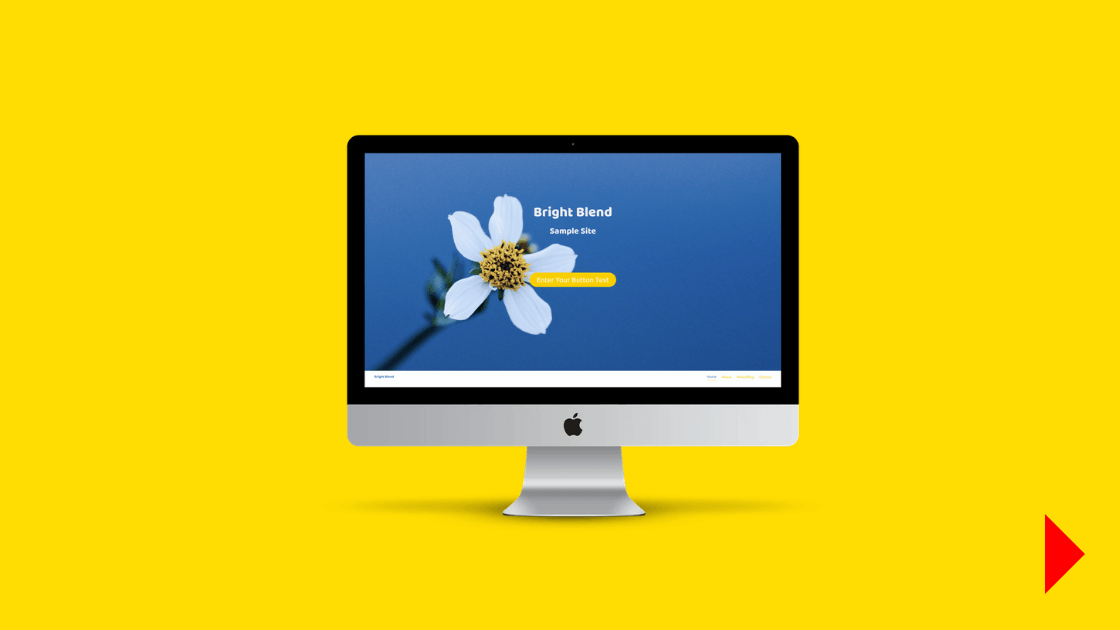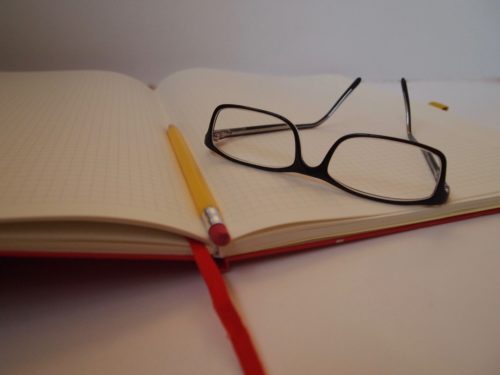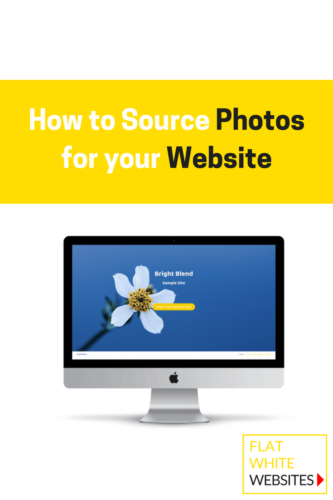How to Source Photos for your Website

Photographs are crucial for your website.
Whether it is a Hero Image on your Home Page that introduces your business to your visitor, or a Background Image that is revealed as you scroll down the page, choose your images carefully. The origin of the phrase “Use a picture. It’s worth a thousand words.” is disputed (maybe Tess Flanders in the Syracuse Post Standard in 1911 or Frederick Barnard in Printer’s Ink in 1921). But its relevance is still true a hundred years later, and as true for websites as it was (or is) for newspapers and books.
Think about what sort of images will work best on your website. Is your brand formal or informal? Is the tone of your business friendly or sophisticated? Do you have products to sell, or do you want to promote services? Do you want simple images that add colour and tone, or do you want to tell a story?
Make a list of photos that will enhance your website – start with a short list of, say, 5, and make those 5 count.
Best option: take your own.
Original content is valued by search engines, so original photographs will help your website climb higher up search results. This article on 10 Rules of Photo Composition gives really clear examples, with explanations about why particular photos work.
If you are going to take photos for website, plan them in advance:
- Where will you use them? Plan out exactly what you will use where. This will affect the proportions of the photos you need – your Hero Image, for example, will need to be landscape format (wider than high).
- Do you want natural or artificial lighting? Artificial lighting is much harder to achieve without professional equipment.
- Will you need blank areas within the photo where text will go? Look at Instagram and Pinterest for great examples of photos that work well with text.
Make a list of the photos that you need, and plan exactly how you will take each photo. If you are using props, gather them all around you before you start your session – that way, you can really focus on the photography.

If you need some inspiration, visit Pinterest. Pin images that appeal to you, then use them as models for your own shots, recreating the composition and lighting as closely as you can, without being a slave to the image.
Best paid option: commission a photographer.
This way you still get your original content, but with the help of a trained eye. Katie Vandyck from Excellent Headshots has expert knowledge of website photography, from mood shots to products for ecommerce sites. (Katie has taken some of the photos for our websites, as well as all the photos of us.) Or check out Instagram – photographers are their own best advert, so find a photographer whose photos you love, and work with them.
If you are going to commission photos, it is still important to spend time working out what photos you need, and where you will use them on your website. The clearer you can be with a brief for your photographer, the more likely the photos will be suit your needs.
Best free option: royalty-free photos.
If you don’t feel confident about taking your own photos yet, make use of the fantastic resources available. There are some amazingly generous and talented photographers out there. They post their photographs online for you to use, for free, as many times as you like, royalty-free.
These are links to three really good sites from which you can download some fantastic royalty-free images. Many resources on the web are given freely. – please make sure that if you use any of them, you credit the owners.
It takes some time and thought to select photographs from these sites as there are so many to choose from, but it can be a rewarding exercise. As they are free, you cannot guarantee that the photograph you want isn’t used by another website, so you don’t score so highly on original content. But they are a great cost-effective starting point, and can transform a website into something with which visitors can really engage.
The same principles apply – make a list of what you need before you start searching for photos.
Now you’ve got your great photographs. Time for a little word of warning.
Photographs increase the time it takes for your website to load, and slow loading is a real turn-off. 47% of consumers expect a webpage to load in less than 2 seconds, and 40% of people abandon a website if it takes more than 3 seconds to load.
So choose your photographs wisely – make each one count.
Pin for later:
